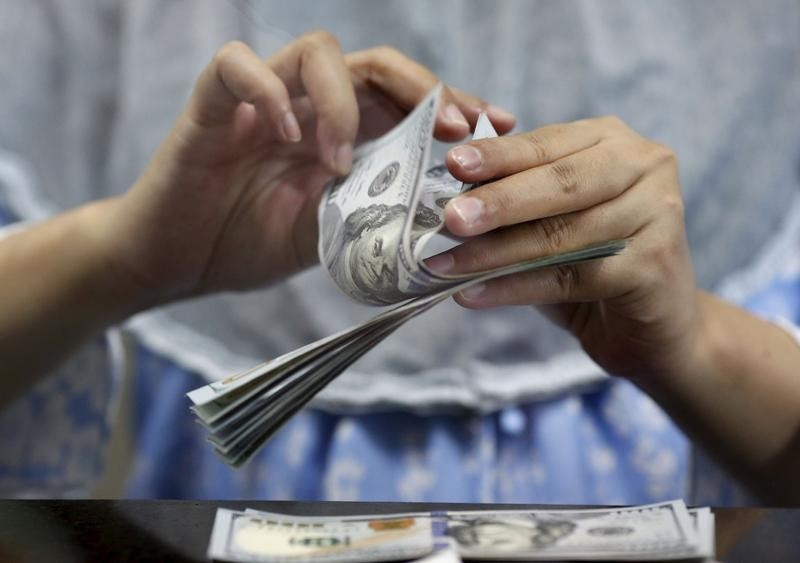Investing.com — Bank of America (BofA) said investor and currency option flows leading into the U.S. payrolls report were light last week, highlighting that several currency positions could be at risk.
According to BofA, within the Group of Ten (G10) currencies, there are potential risks around hedge funds’ long positions in the US dollar (USD) and Australian dollar (AUD), as well as short positions in the Canadian dollar (CAD). .
In addition, real money investors’ long positions in the British Pound (GBP) and short positions in the New Zealand Dollar (NZD) were identified as vulnerable.
The GBP emerged as the G10’s weakest currency performer last week, but BofA noted that trade flows were very weak.
“With GBP positioning at neutral levels, we would prefer to see signs of the addition of new shorts before returning to long GBP positions,” BofA FX strategists Michalis Rousakis and Athanasios Vamvakidis said in a note.
Despite light trading flows in the Japanese yen (JPY), BofA pointed out that the flow of Special Drawing Rights (SDR) options for the JPY has been consistently positive. The bank said the strength of the exchange rate above 160 could be self-limiting, and they continue to favor a downside trend in the pair.
In the emerging markets (EM) foreign exchange market, BofA noted stronger flow actions. In the Europe, Middle East and Africa (EMEA) region, significant sales of the South African Rand (ZAR) were highlighted.
Hedge funds also resumed buying the Turkish lira (TRY). In Asia, demand for the (CNH) from both hedge funds and real money was strong, with hedge funds also unwinding their short positions in the South Korean won (KRW).
Finally, net flows in Latin American currencies (LatAm) were described as lighter. Hedge funds bought the Mexican peso (MXN), and real money showed demand for the Colombian peso (COP), in both cases coming from short positions.


